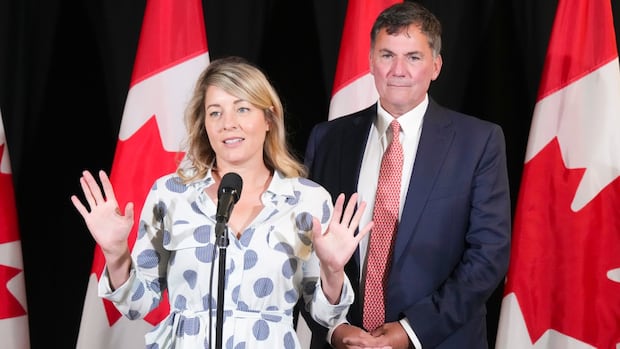Inside the NDP’s last-ditch efforts to save Jagmeet Singh and his riding

As the federal election campaign drew to a close, senior New Democrats embarked on a last-ditch effort to save Jagmeet Singh’s Burnaby, B.C., seat. Despite many considering it an unwinnable race, at least 20 staff members from the party’s Ottawa headquarters boarded the leader’s campaign plane bound for the West Coast. Their mission was to door-knock on Singh’s behalf, hoping to secure a victory in a riding where he was facing tough competition.
The decision to pour resources into Singh’s campaign raised eyebrows within the party, with some sources expressing frustration at the allocation of resources. Singh ultimately placed third in Burnaby Central, losing by a significant margin to Liberal candidate Wade Chang. The NDP as a whole suffered losses in 17 of its 24 seats, leading to questions about the party’s strategic decisions during the campaign.
Pollster Éric Grenier criticized the NDP’s focus on Singh’s riding, arguing that other incumbent or battleground ridings could have benefitted from more support. Grenier highlighted seats like Winnipeg’s Elmwood Transcona and Skeena–Bulkley Valley in B.C. as missed opportunities for the party. The decision to prioritize Singh’s seat, despite the slim chances of victory, was seen as a misuse of resources by many observers.
Jennifer Howard, the NDP’s national campaign director, defended the party’s resource allocation, stating that every effort was made to support incumbent campaigns. While some staffers were sent to assist in Burnaby Central, Howard maintained that Singh’s riding did not receive special treatment. The decision to focus on protecting incumbents and battleground seats was reinforced by a new political message that emphasized electing as many NDP candidates as possible.
Despite the party’s efforts, it became apparent that Singh’s victory was unlikely as support waned in Burnaby Central. Door-knockers reported a shift towards the Liberals and Conservatives, prompting headquarters leadership to send additional staff to bolster Singh’s campaign. The decision to empty the NDP’s campaign headquarters and redirect resources to Burnaby in the final days before the election raised questions about the party’s campaign strategy.
Critics within the party warned against the trend of leader-centric campaigning, cautioning against placing too much emphasis on individual candidates. Avi Lewis, an NDP candidate who also faced defeat in Vancouver Central, highlighted the growing concentration of power within the party and the risks associated with a leader-focused approach to politics. Grenier echoed these concerns, suggesting that Singh’s leadership may have been questioned regardless of the election outcome.
As the dust settled on the 2021 election, the NDP faced scrutiny over its campaign decisions and the implications of a leader-centric strategy. The party’s performance in key ridings raised questions about resource allocation and the balance between supporting incumbents and prioritizing individual candidates. Moving forward, the NDP will need to reflect on its campaign tactics and ensure a more balanced approach to future elections.




